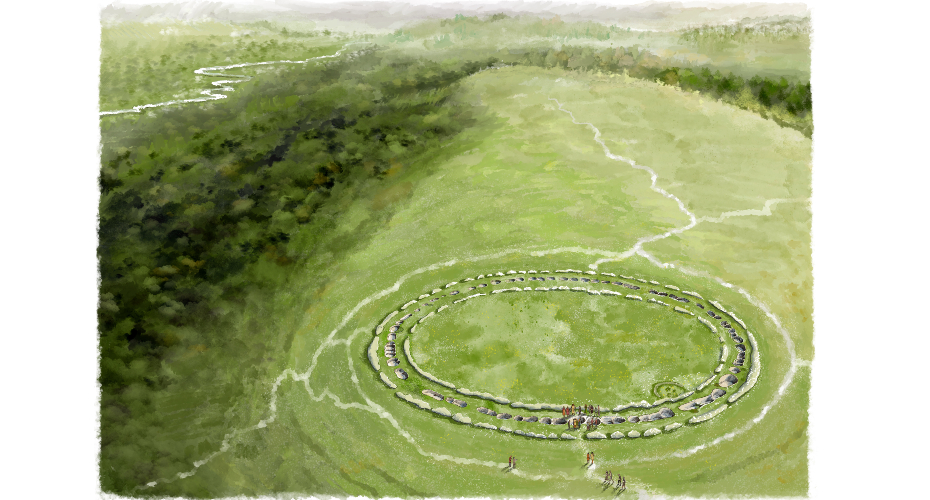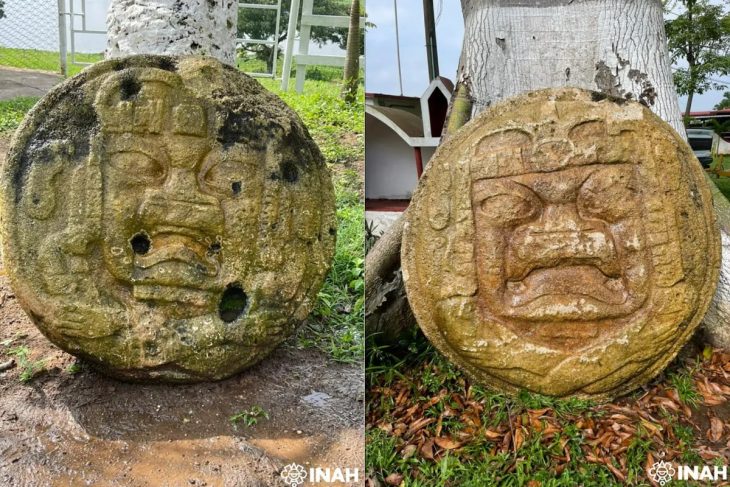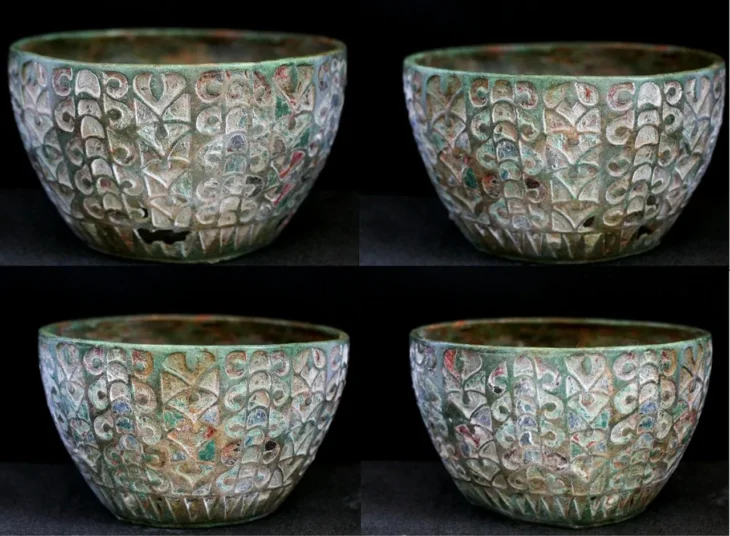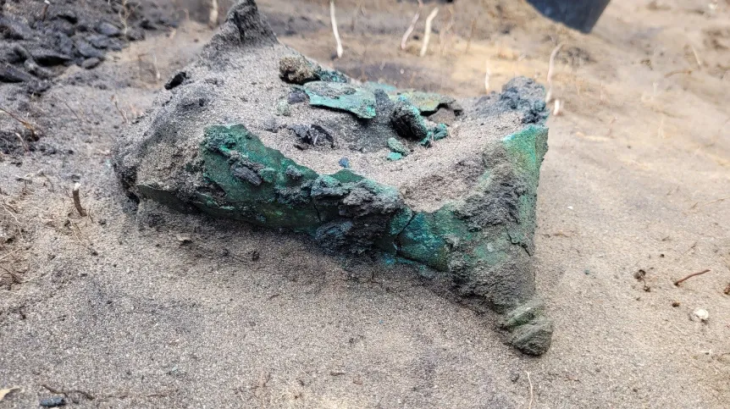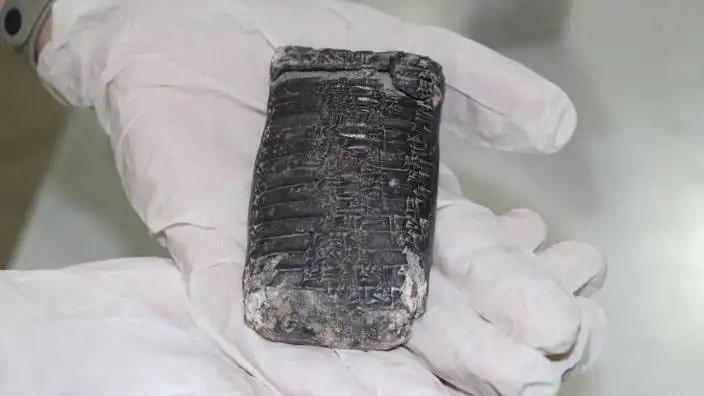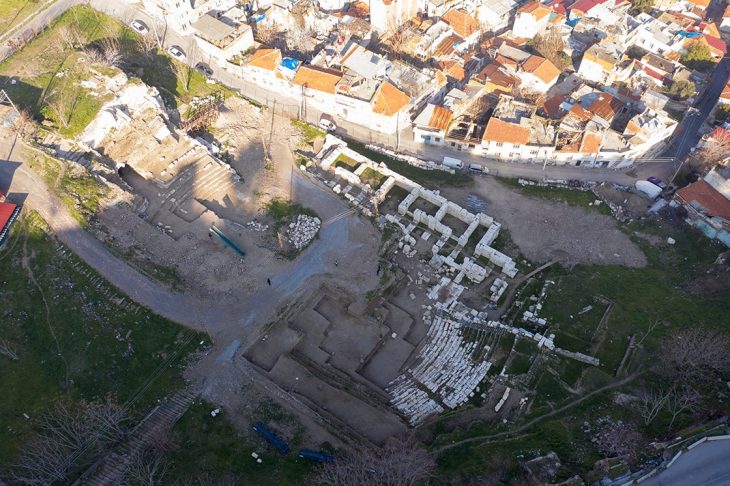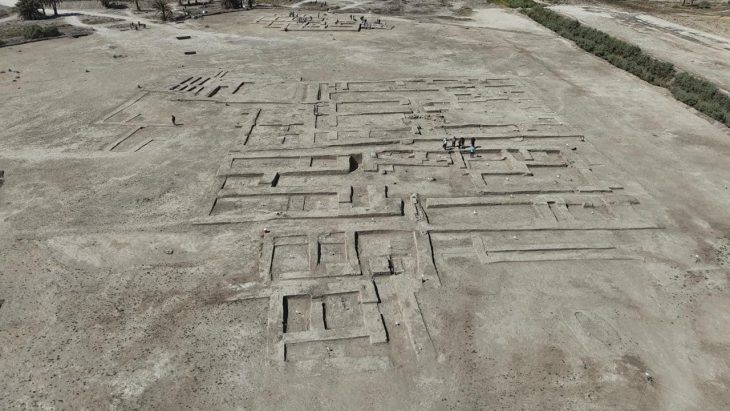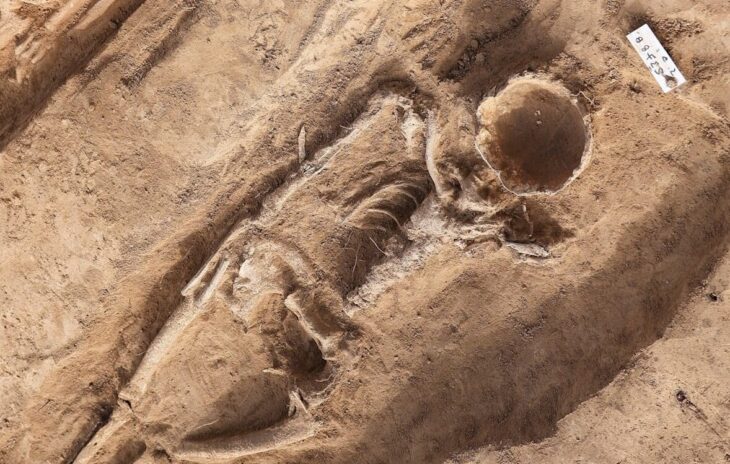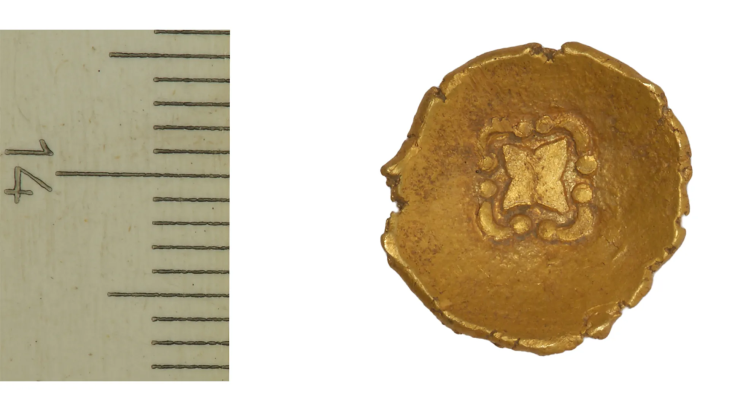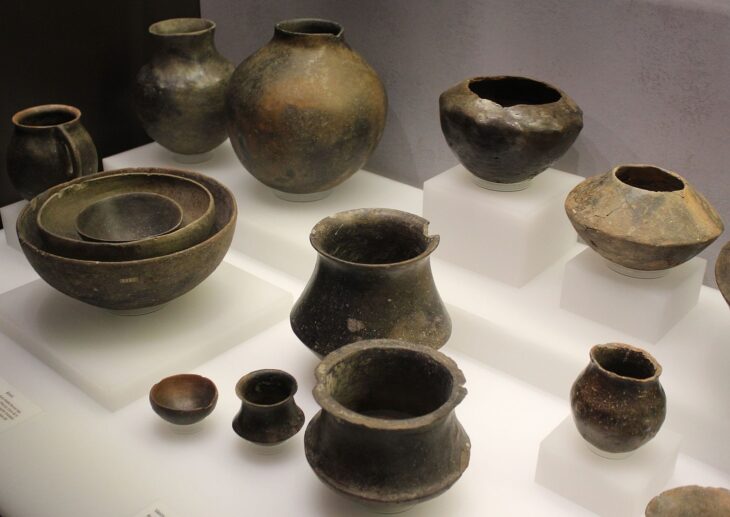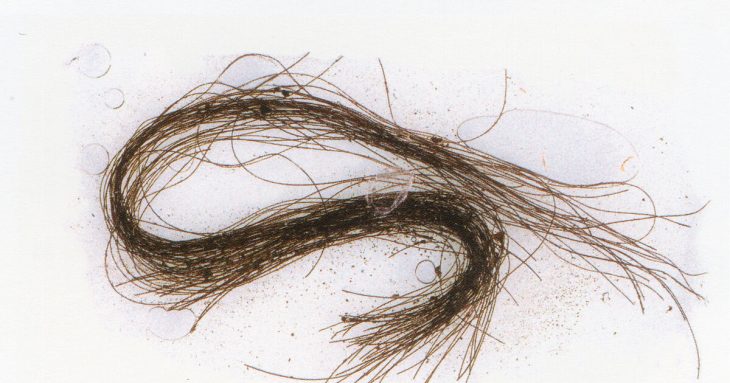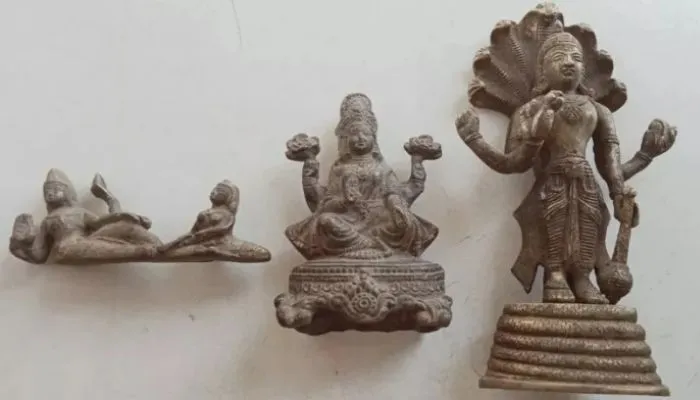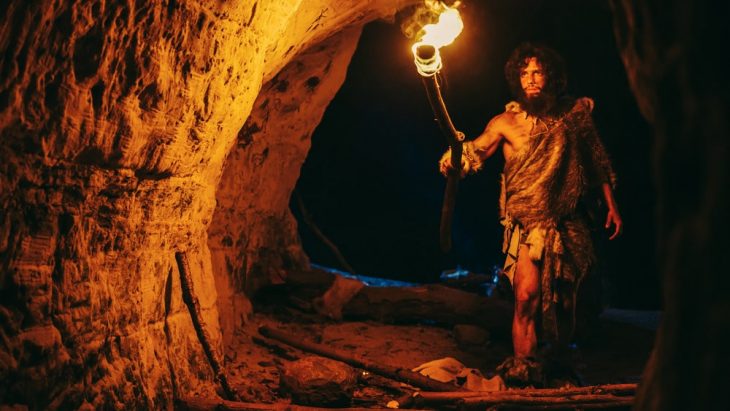Recent archaeological findings at the prehistoric funerary site of Flagstones in Dorset have unveiled that this remarkable circular enclosure, dating back to 3,200 BC, stands as the oldest known example of monumental architecture in Britain, offering profound insights into the origins of Neolithic society.
Through cutting-edge radiocarbon analysis of human remains, red deer antlers, and charcoal discovered at the site, researchers have determined that Flagstones was constructed around 3200 BC, roughly two centuries earlier than previously believed. This discovery implies that the site could have acted as a prototype for later renowned monuments, including Stonehenge.
Recent findings from a collaborative study conducted by the University of Exeter and Historic England have been published in the latest edition of the journal Antiquity.
Dr. Susan Greaney, a specialist in Neolithic and Bronze Age monuments from Exeter’s Department of Archaeology and History, described Flagstones as an unusual monument, noting that it is a perfectly circular ditched enclosure associated with burials and cremations. She explained that, in some respects, it resembles earlier structures known as causewayed enclosures, while in other aspects, it shares similarities with later monuments referred to as henges. However, the precise classification of Flagstones among these types of monuments remained uncertain until now. The revised chronology indicates that it was built in an earlier period than previously thought.
Flagstones was unearthed in the 1980s during the construction of the Dorchester bypass, where excavations revealed a circular ditch with a diameter of 100 meters, formed by intersecting pits and likely accompanied by an earthwork bank. Currently, half of the site is situated beneath the bypass, while the other half lies under Max Gate, the former residence of Thomas Hardy, which is now managed by the National Trust. Flagstones is recognized as a scheduled monument, with artifacts and excavation records housed at the Dorset Museum.
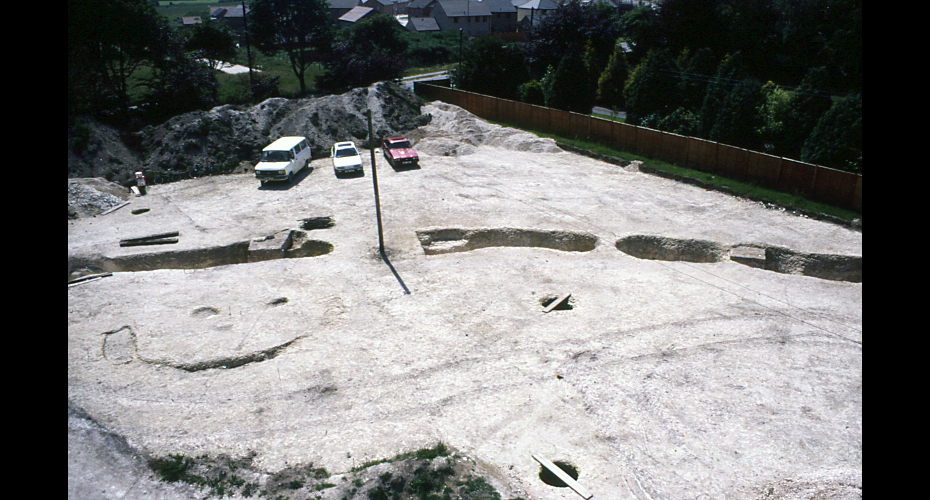
Excavations uncovered at least four burials within the enclosure pits, including a cremated adult and three non-cremated children, along with three additional partial cremations of adults found in other locations. The resemblance of this site to the initial phase of Stonehenge, which dates back to around 2900 BC, led researchers to believe that Flagstones was constructed around the same time.
The recent scientific dating initiative, spearheaded by Dr. Greaney and Dr. Peter Marshall, the former Scientific Dating Co-Ordinator at Historic England, involved collaboration with laboratories at ETH Zürich and the University of Groningen, resulting in 23 new radiocarbon measurements.
The integration of radiocarbon dating with archaeological evidence has shown that early Neolithic activities, such as pit digging, occurred around 3650 BC. Following a significant gap of several centuries, the circular ditched enclosure was established around 3200 BC, with burials placed within it shortly thereafter. Notably, a later burial of a young adult male beneath a large sarsen stone at the center of the enclosure took place approximately 1,000 years after its initial use.
Dr. Greaney highlighted the significance of Flagstones’ chronology in understanding the evolving sequence of ceremonial and funerary monuments in Britain. She noted that Stonehenge, considered the ‘sister’ monument to Flagstones, shares a nearly identical first phase but dates to around 2900 BC. Dr. Greaney raised questions about the relationship between the two sites, asking whether Flagstones could have inspired Stonehenge or if the new findings indicate that the current dating of Stonehenge may require reevaluation.
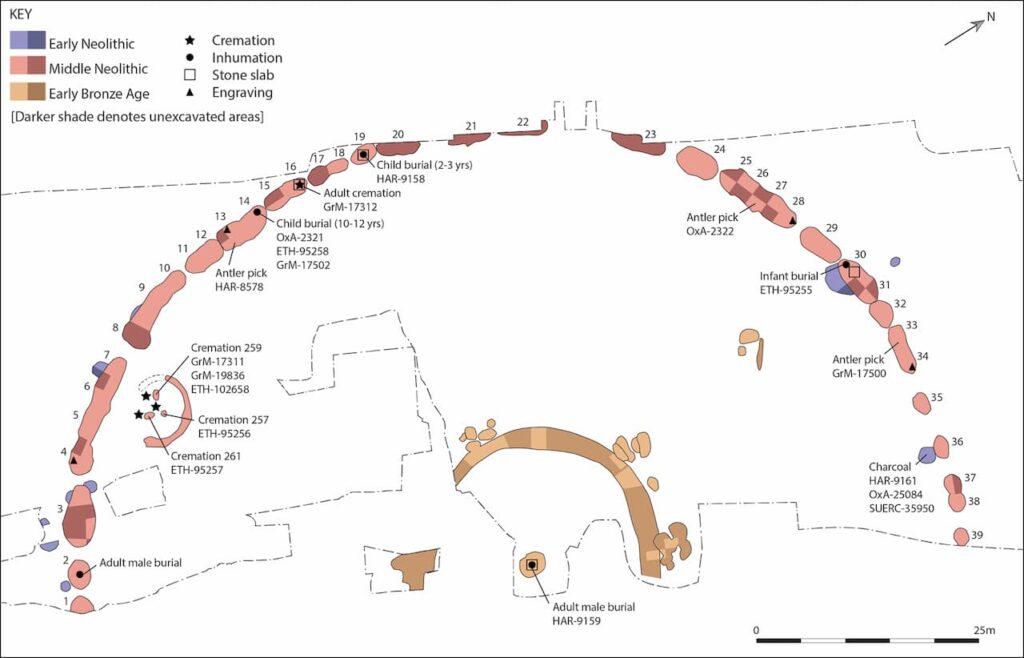
Additionally, Flagstones demonstrates connections to other notable sites, such as Llandygái ‘Henge’ A in Gwynedd, Wales, and even locations in Ireland, as indicated by artifacts and burial customs. These findings underscore the interconnected nature of Neolithic communities across Britain and beyond.
Greaney, S., Hajdas, I., Dee, M., & Marshall, P. (2025). Beginning of the circle? Revised chronologies for Flagstones and Alington Avenue, Dorchester, Dorset. Antiquity, 1–17. doi:10.15184/aqy.2025.28
Cover Image Credit: Flagstones enclosure seen shortly after construction in the middle Neolithic period. Reconstruction by Jennie Anderson

